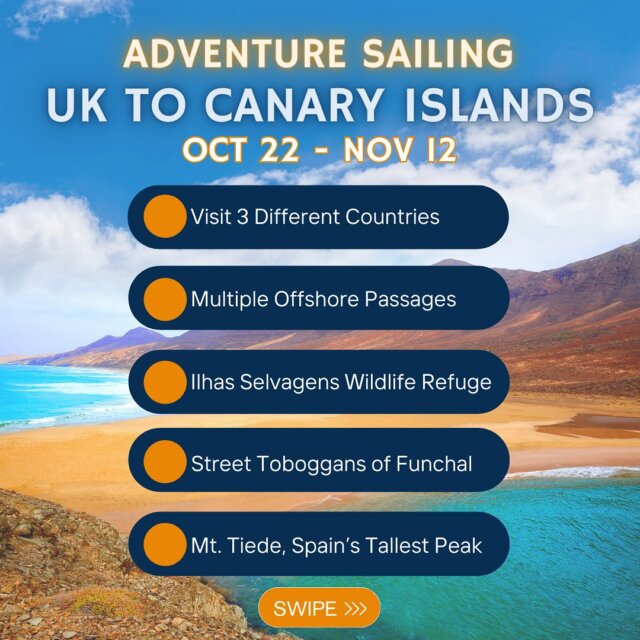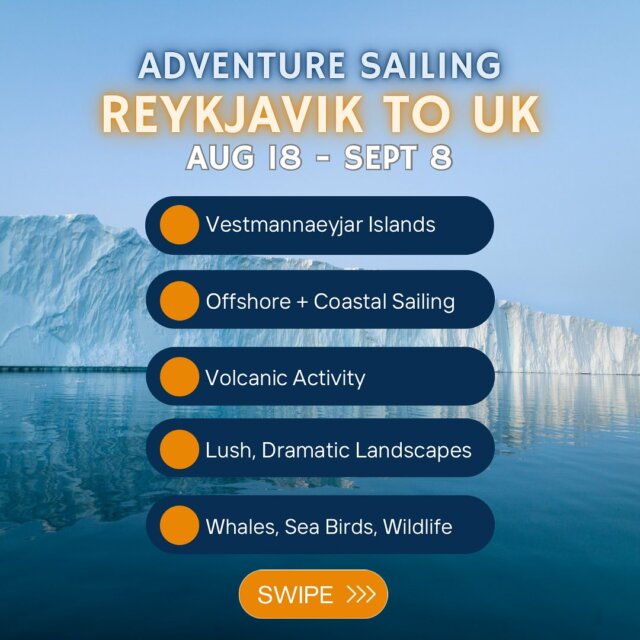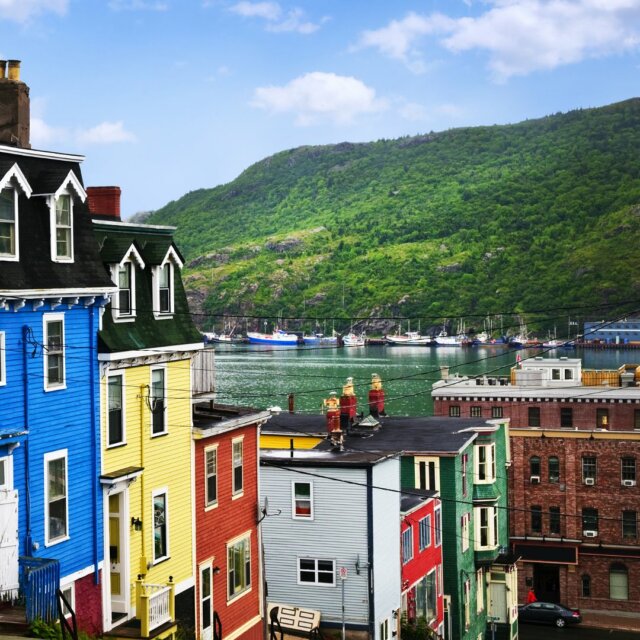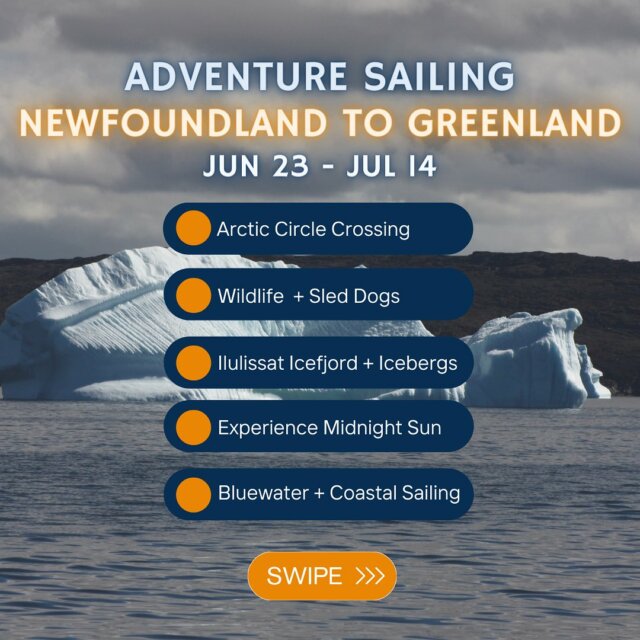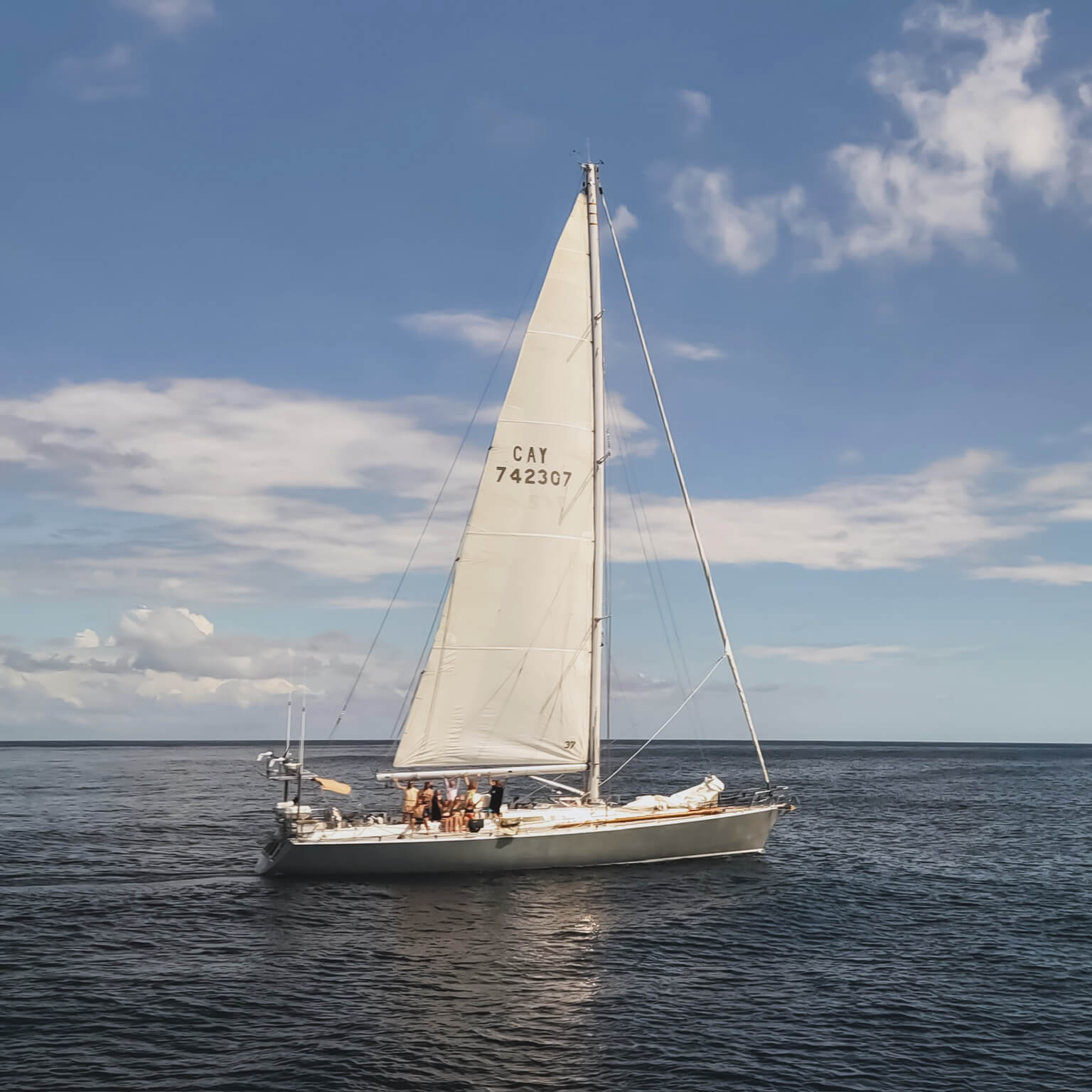Blogger of the Day-Asta Mail
Asta is the expedition coordinator and educational programmer for Pangaea Exploration’s One Water Story Expedition. She would love to hear your feedback about the One Water Story thus far! If you have any comments on things you’d like to read about on the blog, please email her at asta@panexplore.com!
Invaders of Lake Erie


The light from the passing buoys created dancing zigzag patterns on the serene surface of the Niagara river as we motored Sea Dragon through the water. It was past midnight, and we were on our final exit out of the Welland Canal, slowly finding our way towards Port Colborne, a nearby town in Ontario.
The temperature had rapidly dropped that evening as the sun set serenely behind the mammoth steel doors of the seventh canal. A chill overtook us, and we all scrambled below to find our fleece pants, toques (we were in Canada, don’tcha know), and hoodies, so that we could return to the deck to watch the stars above. As we watched the lights dance off the water and stars glow above us, and eerie mist began to hover over the surface of the water, giving the night a slightly mysterious feeling of change.
As we drank our tea and chatted, the exhaustion had begun to sink in. We had crossed into brand new territory with Sea Dragon that day; she has never been to Lake Erie before. We were all excited to begin sailing again after two days of being landlocked. As we stared out at the calm water, I began to think a lot about our passage from the ocean to the Great Lakes, and the passages of the many other boats who had made the voyage to the inland seas before us.

I thought about how our journey would affect the lakes themselves-was it possible that our passage could effect the ecosystem here? We were invading new territory; just as many other creatures from the seas had done before us.
Mitchell McLean and I gave a lesson to our Young Adventurers today on this very topic-invasive species in the Great Lakes ecosystem. We discussed the food web and trophic levels of the Great Lakes, and how each species in this delicate ecosystem eats or is eaten by something else.

Using a set of flash cards given to us by the Alliance for the Great Lakes (http://www.greatlakes.org), the students mapped out the trophic levels here in this freshwater ecosystem. We started with primary producers, like green algae and phytoplankton, and moved up to primary consumers, like Daphnia, Copepods, and Diporeia. Then we talked about the secondary consumers, like mussels, crustaceans and benthic feeders of the lakes, and then to the many fish small fish species,known as the tertiary consumers. At the top of the food chain, we discussed the predators, like larger fish, birds, foxes, and even humans, known as quaternary consumers.
As we made connections throughout the ecosystem I asked the students to pick out which of the species in the food web were invasive. The term “invasive” denotes a species that has travelled from its natural distribution area and threatens the biodiversity of its new home. The students quickly shuffled through the deck, and picked out about 10 major species they knew to be invasive.
As we paged through the flash cards of these invasive animals, we discussed the impact of invasive species, and how their presence affects the balance of an ecosystem. For an organism, being “invasive” means being brought into a whole new world. If the species is well suited for its new environment and is adaptable, being invasive means having new or more abundant prey, more space, and more ability to reproduce, as there is usually little competition from other species in the same trohic level.
For the rest of the ecosystem, however, it can often mean trouble. When invasive species enter an ecosystem, they can stress the supply of prey for other naturally occurring species, which can lead to a decrease in their existing population. They can wreak havoc on the delicate ecosystem balance many years in the making, and cause an ecosystem shift. When this happens, each species within the ecosystem is forced to adapt to the shift or face extinction.
In the Great Lakes, there were 150 fish species that were identified as being native before human settlement in the area. More than half of these species have declined or vanished. There are more than 162 new invasive species that have moved in to take their place. Ian Duggan of the Great Lakes Institute for Environmental Research stated that “Nonindigenous species pose the leading threat to the biological integrity of the lakes, and may interact with other ecosystem stresses, including climate change and toxic contaminants, potentially compounding their effects.” (Grady, 2011)


I asked the students how they thought aquatic invasive species arrived in the Great Lakes. They replied that the species must have arrived by boat-as stowaways on transport vessels. Many of the aquatic invasive species that currently live within the lakes were transferred here within the ballast water of tanker ships, or attached to their hulls. Some invasives were purposely introduced to try and rebalance the ecological system, or to prey on a particularly successful species. Other species appeared here after being released from aquariums, restaurant fish tanks or from the pet trade.
What will happen to these old waters filled with new creatures? Only time will tell. The Great Lakes have become an enormous experiment, with the populations of native and invasive species constantly fluctuating. Governments, scientists and community organizations are working hard to keep the Great Lakes ecosystem in balance, but there is still much work to be done to tackle these increasingly complicated problems. The lakes as they exist right now will one day be a precursor to a new adaptation of a freshwater ecosystem, with new species playing new roles.
Invasive species are now considered to be one of the biggest issues facing the Great Lakes ecosystem. Perhaps one day, our students might be some of the dedicated individuals striving to keeping the Great Lakes in balance.

References:
Grady, Wayne (2011). The Great Lakes-The Natural History of a Changing Region. David Suzuki Foundation Series.
